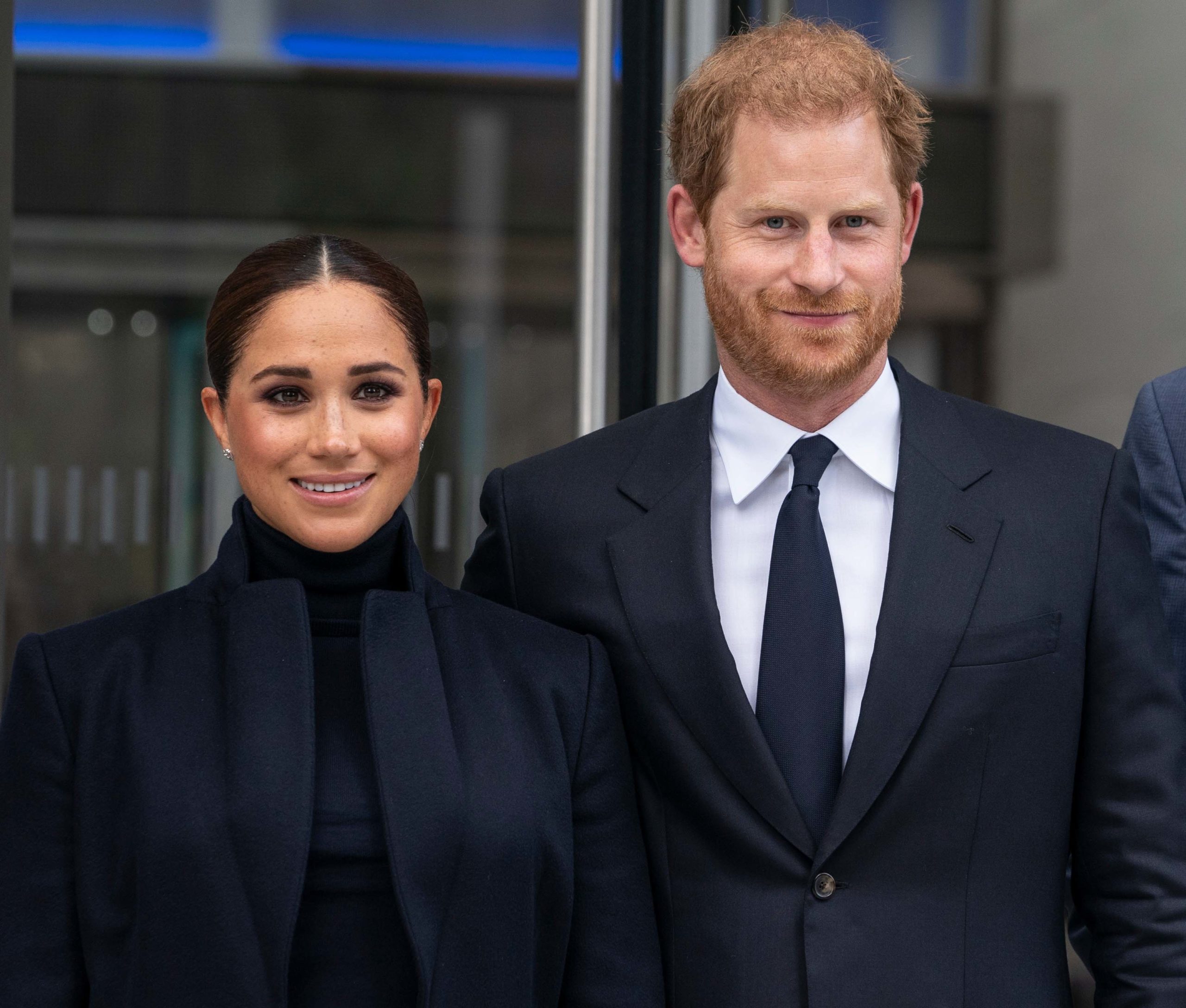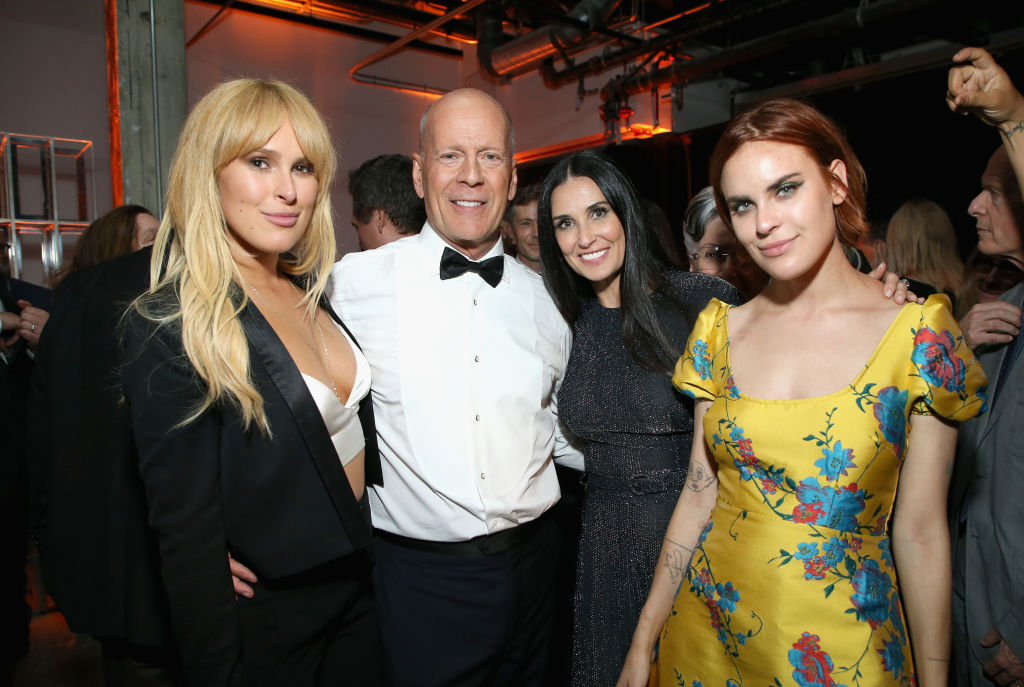Kirstie Alley’s career spanned decades, leaving a lasting impact on television and film. From her role in Cheers to her candid battles with personal challenges, Alley’s journey was one of resilience and reinvention. This article delves into the life and legacy of the Emmy Award-winning actress who captured hearts and laughter worldwide.
Early Life and Challenges
Born on January 12, 1951, in Wichita, Kansas, Kirstie Alley was the youngest of three siblings. She showed charisma from a young age, hinting at a future in entertainment. Initially pursuing a career in interior decoration, she moved to California. However, her early years in Los Angeles were marked by struggles with substance abuse.
In 1981, tragedy struck when her parents’ car was hit by a drunk driver, resulting in her mother’s death and her father’s severe injury. This life-altering event prompted Alley to seek rehabilitation and turn to Scientology, which she credited with helping her recover.
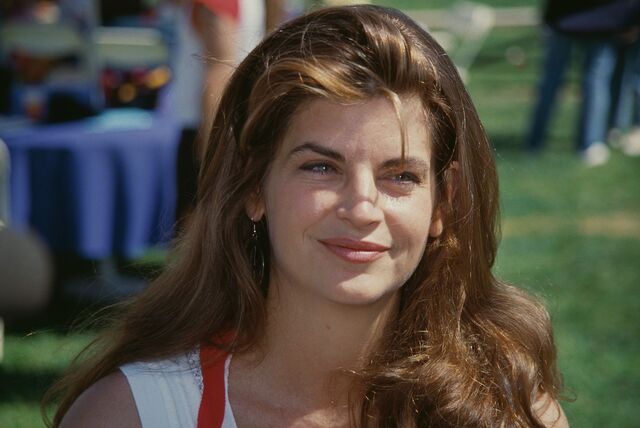
Breaking into Hollywood
Before her acting breakthrough, Alley appeared on television game shows such as Match Game and Password Plus. Her Hollywood career took off in 1982 with her role as Saavik in Star Trek II: The Wrath of Khan. The role showcased her versatility and opened doors for more opportunities.
She continued building her reputation with the acclaimed miniseries North and South, proving her ability as a serious actress.
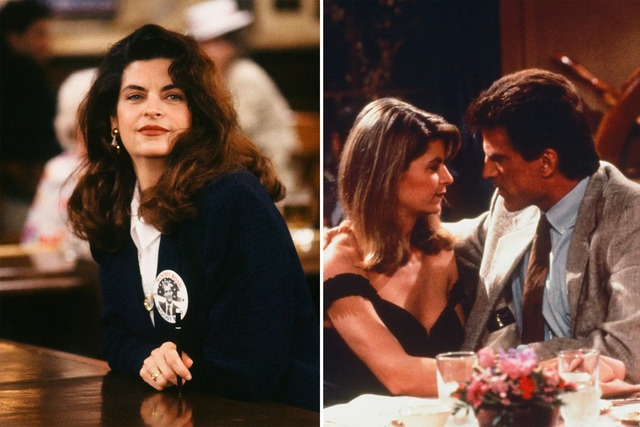
Stardom with Cheers
In 1987, Alley replaced Shelley Long in the hit sitcom Cheers, portraying Rebecca Howe. Her neurotic yet ambitious character won over both audiences and critics, earning her a Golden Globe and an Emmy Award in 1990.
During her time on Cheers, Alley also pursued film roles, starring in the thriller Shoot to Kill (1988) and the comedy Look Who’s Talking (1989), alongside John Travolta. These roles solidified her as a well-rounded actress capable of both comedic and dramatic performances.
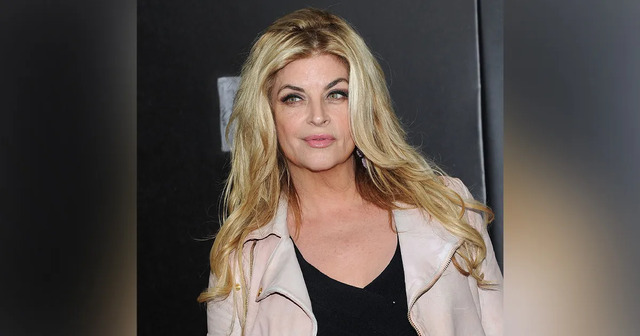
Post-Cheers Career
After Cheers ended in 1993, Alley experienced highs and lows in her career. She won another Emmy for her role in the television movie David’s Mother (1994). In 1997, she starred in the sitcom Veronica’s Closet, though it received mixed reviews.
She remained a familiar face in Hollywood, earning an Emmy nomination for The Last Don miniseries and continuing to appear in both television and film projects.
Struggles with Weight and Reinvention
In the 2000s, Alley became known for her candid discussions about weight loss. She starred in Fat Actress (2005), a satirical take on Hollywood’s obsession with image. Her struggles resonated with audiences, leading her to become a spokesperson for Jenny Craig.
She later launched her own weight-loss program, Organic Liaison, and documented her journey in the reality series Kirstie Alley’s Big Life (2010), making her a relatable and inspiring figure.

Later Projects and Reality TV
In her later years, Alley embraced reality television. She competed on Dancing with the Stars in 2011, finishing as the runner-up, and returned for the All-Stars season in 2012.
She continued taking on television roles while exploring personal projects, proving her willingness to adapt and reinvent herself.
Personal Life and Legacy
Alley married actor Parker Stevenson in 1983, and they adopted two children. Although they divorced in 1997, she remained devoted to her family.
On December 5, 2022, Alley passed away at the age of 71 after a short battle with cancer. Her death marked the loss of a Hollywood icon who left behind a legacy of resilience and talent.
Conclusion
Kirstie Alley’s journey in Hollywood was extraordinary. From her breakout role in Star Trek II to her award-winning turn in Cheers and her openness about personal struggles, Alley remained a multifaceted and relatable public figure.
Her resilience, humor, and ability to reinvent herself left an enduring impact on the entertainment industry. As an actress, mother, and public personality, her legacy will continue to inspire generations to come.


